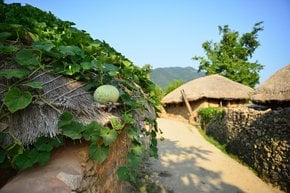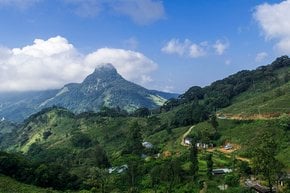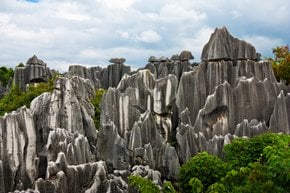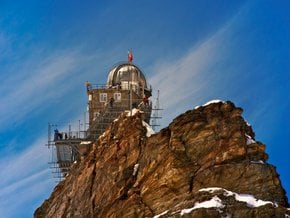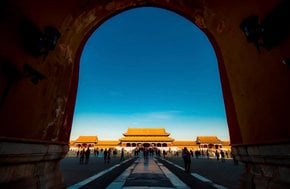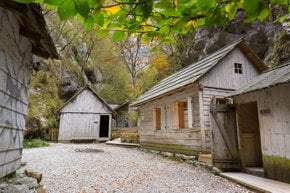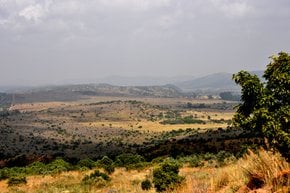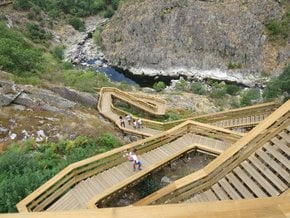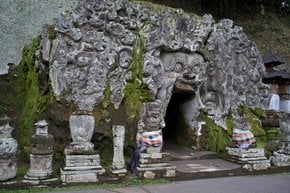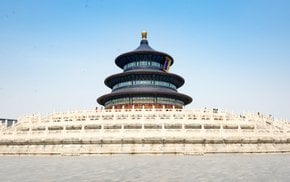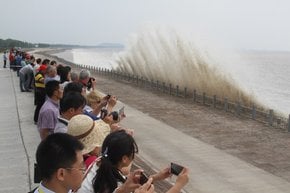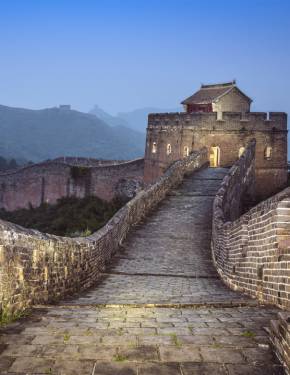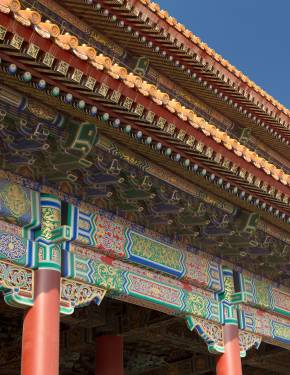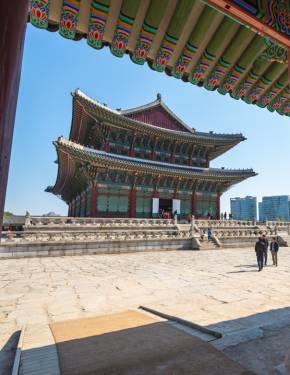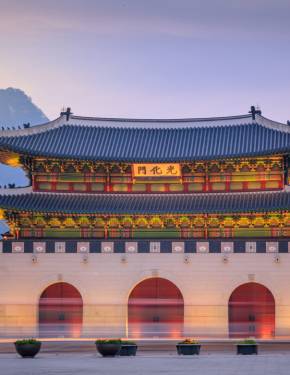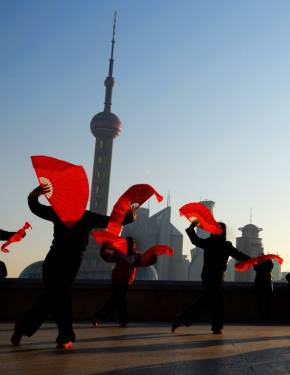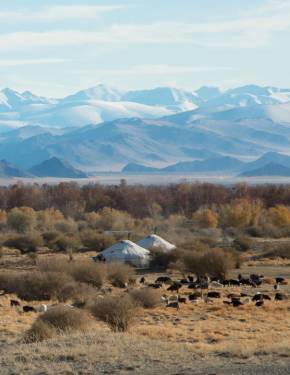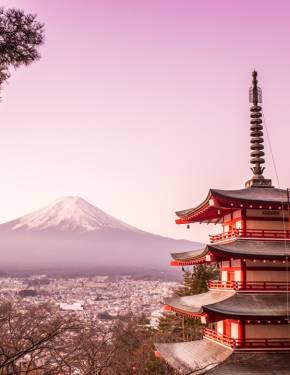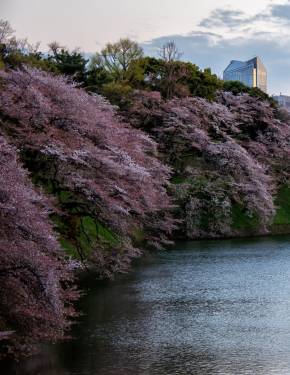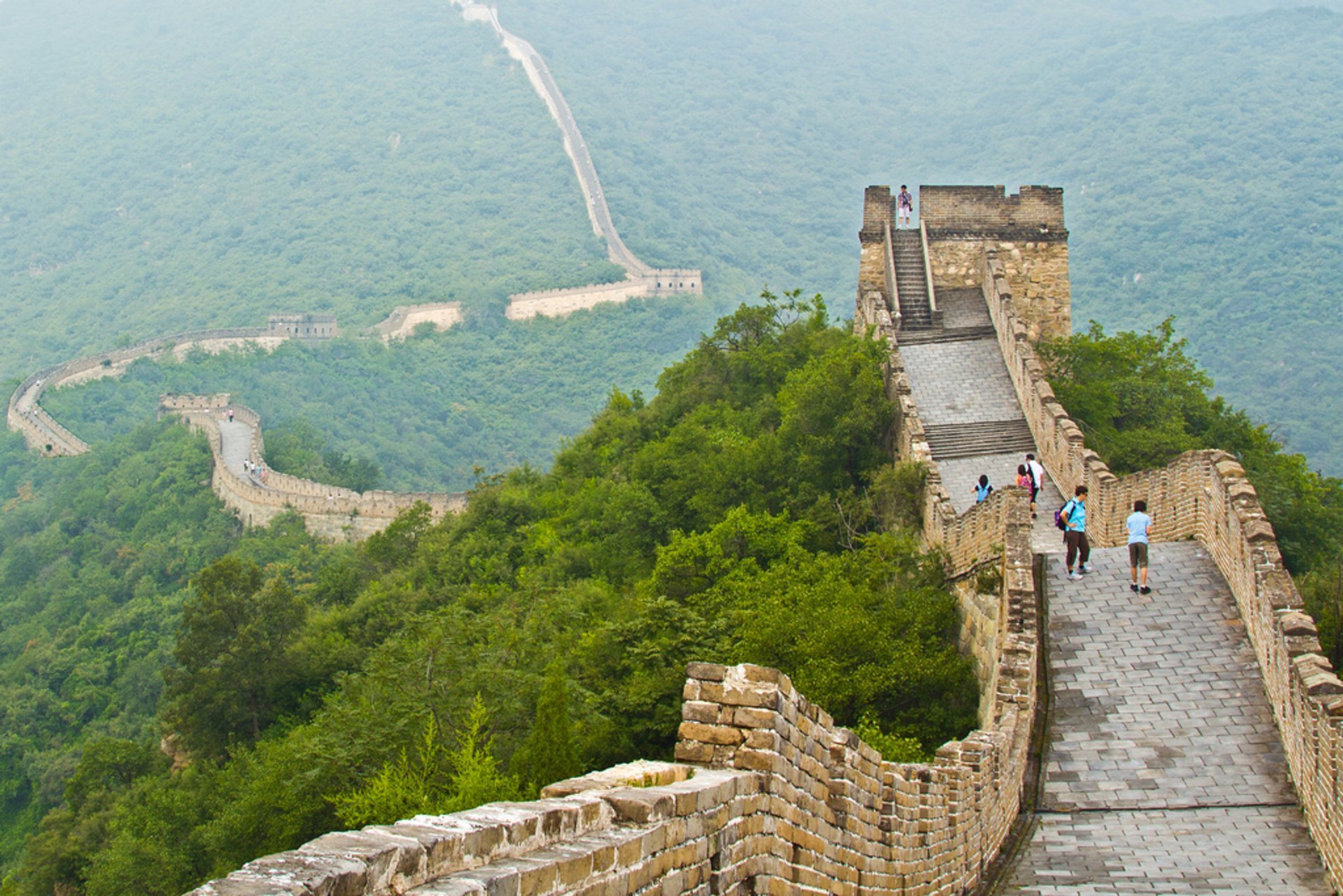



The Great Wall is the most recognizable symbol of China, with a total length of 21,196.18 kilometres. It stretches along the historical northern borders of China from east to west, starting at Dandong and ending at Lop Lake. It forms an arc that delineates the southern edge of Inner Mongolia. The Wall's relics are displayed in 15 regions and provinces of Hebei, Liaoning, Beijing, Shanxi, Inner Mongolia, Tianjin, Jilin, and others. The Great Wall demonstrates not only China's extravagant creativity and architecture but also the country's eccentric culture of national pride, determined resistance, and grand projects. That's why it attracts up to 70,000 curious visitors per day at just one section.
The primary purposes of building the Great Wall were control of immigration and emigration, protection against invasions of different nomadic groups, as well as encouragement and regulation of Silk Road trade. The Great Wall of China is a series of stockades made of wood, stone, soil, sand, brick, as well as of blood, sweat, and tears of soldiers, rebels, and peasants who took an integral part in this project. Many fascinating legends and myths remain since its construction.
In 1987, the Great Wall became a World Heritage site and this is the only human-made structure in the world that is visible from space. Meanwhile, due to human damage and natural erosion, The Wall is becoming shorter day by day. At this very moment, about 2,000 kilometres, or 30% of The Great Wall has disappeared. There are a few pieces of advice for how people, as individuals, can protect the Wall. Foremost of them are planting trees, removing trash or graffiti and not taking bricks.
Tourists are welcome to discover the most preserved part of The Wall—its 8,850 kilometres stretching from Mount Hu near Dandong to Jiayu Pass west of Jiuquan, northwestern Gansu province.
The perfect time for visiting is usually based on personal preferences, namely which scenery you'd like to enjoy, but spring and autumn are the favourites. These seasons are the best for the most favourable weather (it's too hot in summer and freezing in winter). Additionally, spring is less crowded than summer and autumn.
Practical info
When would be a good time to go to the Great Wall?
To avoid large crowds and enjoy the best weather conditions, it is best to visit the Great Wall of China in March to May or September to November. Summer can be very hot and winter too cold, making it less enjoyable and potentially difficult to access parts of the Wall. Spring is a great time for visitors to avoid crowds and still enjoy reasonable weather conditions. Show more
What is the total length of the Wall and what was its purpose?
The Great Wall of China stretches over 21,196.18 kilometres, beginning at Dandong and ending at Lop Lake. The structure was primarily built to regulate Silk Road trade, control immigration and emigration, and protect against invasions by nomadic groups. The Wall is displayed in 15 regions and provinces of China, with a combination of stone, brick, soil, sand, and other materials. Show more
Where is the best-preserved area of the Great Wall located?
The finest-preserved part of the Great Wall extends 8,850 kilometres from Mount Hu near Dandong to Jiayu Pass, west of Jiuquan, in China's northern region. This area is the most popular among visitors because it is easy to access and well-preserved. Nevertheless, other sections of the Wall are also worth exploring and offer different experiences. Show more
What portion of the Great Wall has vanished, and why?
The Great Wall of China has lost about 2,000 kilometres, equating to approximately 30%, due to various causes such as human actions and natural elements like erosion from wind and rain. Trash or graffiti from tourism also contributed to the Wall's dilapidation. To preserve the nation's historical monument, people can plant trees to stabilise the surrounding soil and decrease erosion, avoid picking up bricks, and take garbage with them when leaving. Chinese authorities initiate preservation campaigns, reduce tourists' foot traffic, and promote sustainable practices to preserve the Wall. Show more
What can people do to protect the Great Wall?
To safeguard the Great Wall of China, individuals can partake in activities such as removing rubbish or graffiti, planting trees, avoiding taking bricks, and participating in conservation campaigns by various organisations. Visitors can also learn more about the Wall's past and ways to preserve it by joining heritage conservation packages. The Chinese government is making efforts to restore the Wall, limit human traffic on it, and encourage sustainable tourism to protect this significant cultural heritage site for the future generations. Show more


